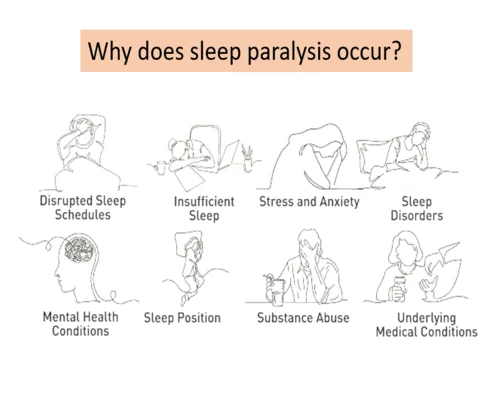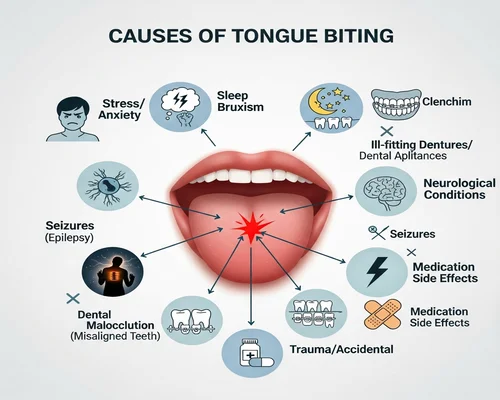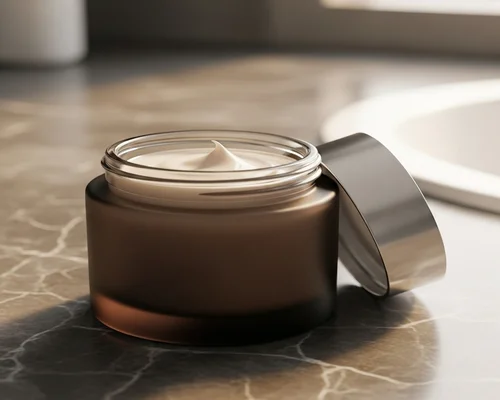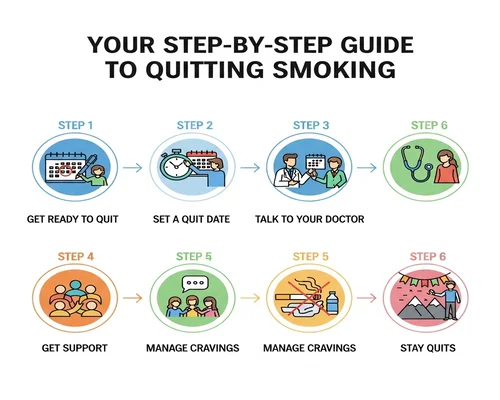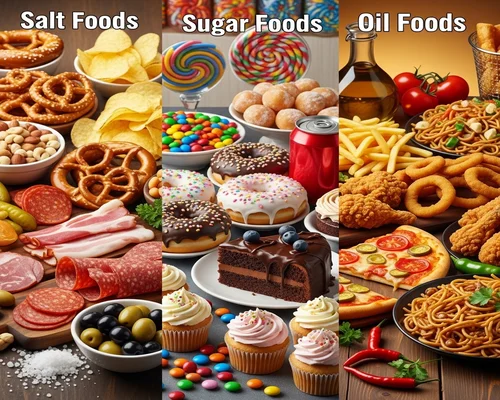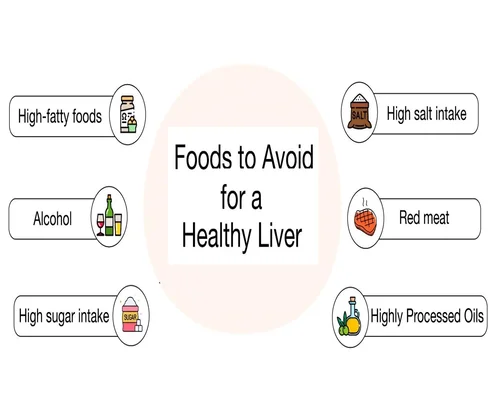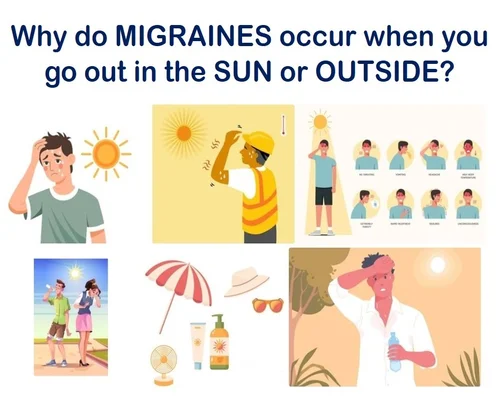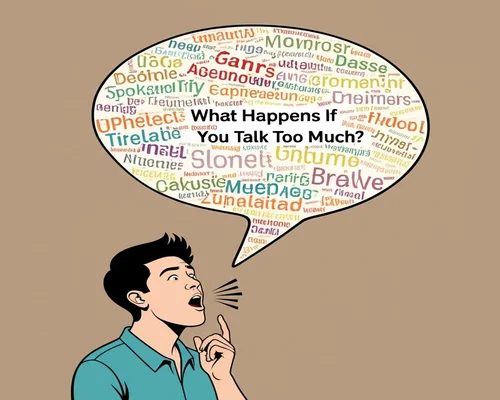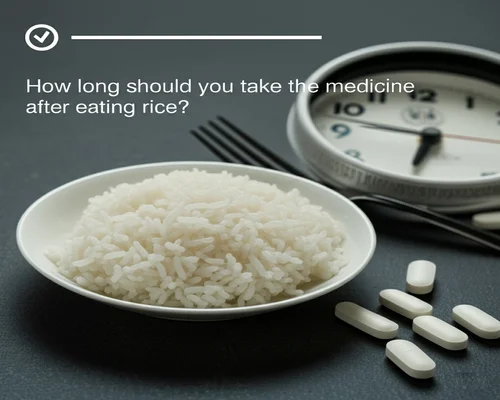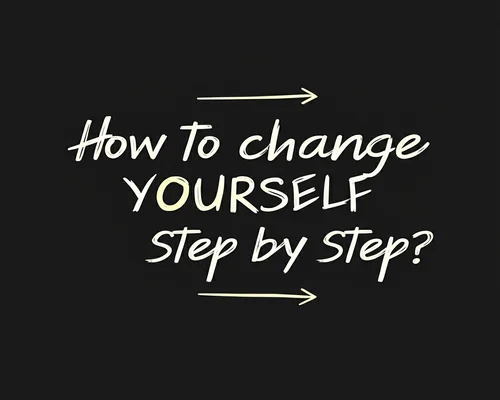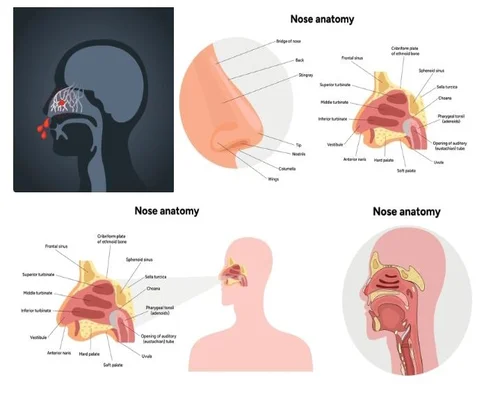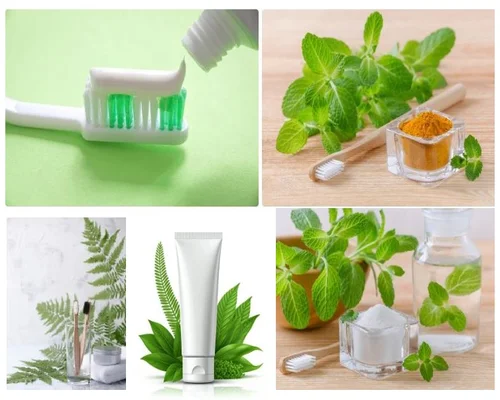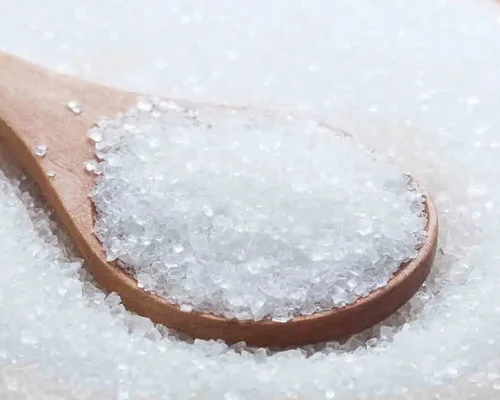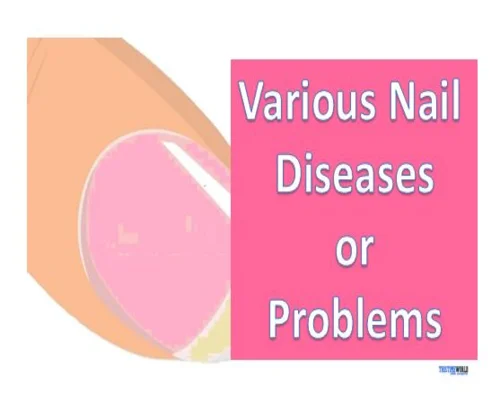
Various Nail Diseases or Problems and Treatment
Many of us are unaware of the relationship between nails and skin. Various skin diseases can cause nail changes. First let us talk about fungal nail diseases. Fungal infections of the nails may coexist with fungal infections of the hands and feet, or may be limited to the nails, without infection of the hands and feet. Fungal nail disease is more common in adults, children are also likely to get it.
After nail injury can be infected by fungus. If the nail plate or nail plate changes in any way, it should be assumed that there is a tendency to be affected by the fungus. However, apart from fungus, other diseases can also affect the nail plate.
Four types of changes can be seen in nails affected by fungus.
First of all: The most common type of nail infection is white or yellowing under the tips of the nails. This is because the fungus grows in the extended part of the bottom of the nail. As a result, the nail becomes easily brittle and the extra part and skin growth under the toenail can cause difficulty in wearing shoes.
Secondly: in this case, the surface of the nail will have a soft dry and powdery coating which can be easily separated.
Thirdly: Transverse white spots or bands are seen at the base of this type of nail and will gradually spread to the tip of the nail.
Fourthly: This kind of nail which is affected by Candida yeast fungus, in this case it will be seen that all the fingernails are affected. The nail plate is thick and yellowish brown in color.
In addition to the above types, some other types of symptoms may appear in nail fungus disease. For example, a narrow yellow or dark brown line starts from the edge of the nail and extends towards the base. In some cases, the entire surface of the nail may appear yellow and the nail may separate from the base.
Treatment: Success in treating fungal nail infections is not promising in many cases. There is no benefit in applying any topical antifungal ointments or lotions to the nails. Because they cannot penetrate through the thick layer of the nail. Expensive and long-term medications are effective, but the disease may recur if the medication is discontinued. Oral medications are most successful in toenail fungus and in young adults. However, after the fungus gets better with the use of oral medicine, the medicine should be applied locally for a long time so that the nail fungus is not affected again.
The second nail disease is Psoriasis: Psoriasis is a frustrating skin disease. 10 to 50 percent of cases of psoriasis skin disease
Fingernails can also be affected. Along with the skin disease, the nails can also be affected, and apart from the skin, psoriasis can also occur on the nails. If affected by this disease, it will be seen that small holes are formed in the nails, the nails are burning, the color of the nails is changing. Thickening and changes in the nail plate are seen under the nails. Small pits can appear in normal nails, but the pits in nails with psoriasis are relatively deeper.
Treatment: Treatment is not satisfactory in this case. Steroid injections under the nails can give good results. But this injection is very painful and has to be administered every three to four weeks. So there are limitations in its use.
A third skin disease is lichen plus: All types of this highly itchy skin disease can affect the nails. The changes that can occur in the nails when affected by this disease are elongated shafts or spots. Later, missing nails can become one of the symptoms.
Treatment: In this case, steroid injection under the nail may respond. Apart from the skin diseases mentioned above, various bacterial and viral infections can cause various changes in the nails.
The most immediate changes that can occur in a bacterial nail are bright redness and swelling at the base and sides of the nail, along with severe pain that may appear on its own or may be caused by injury or rubbing of the nail. Pus may accumulate behind the crescent-shaped part of the nail. In these cases, the pus should be drained out for treatment, then the pain will be cured. However, if the swelling spreads and there is pain, it should be understood that the infection has spread deeper. In this case, antibiotic medicine will not cure the disease. So cut deeply and remove the pus. And if the nail infection is old then the swelling and pain of the nail will start gradually and they will start at the base and foot of the nail. It is more common in people who have to wash their hands regularly or frequently and are exposed to moisture frequently, such as dentists, dishwashers, etc.
Sometimes pus can come out from under the nail if you press on it.
Treatment: During treatment care should be taken to keep the hands dry by any means. Ointments should not be used, as they may interfere with the normal drying process. Patients will refrain from washing their dishes, etc., even their own hair. Work with gloves on. Oral antibiotics do not work very well. Therefore, the most effective medicine is 1% phenol medicine applied once to the affected corner of the nail or 3% thymol in 70% alcohol two to three times daily for several weeks. If effective results are not possible in the above mentioned nail problems then it is recommended to take treatment under the supervision of a dermatologist.
------
tags-types of nail diseases, nail diseases, nails diseases, nail disease, brittle nails, nail diseases chart, nail problems, nails, nail health problems, nail signs of health problems, nail indicate health problems, doctor explains nail problems, what is nail disease?, nail abnormalities in systemic diseases, white nails




